Stephen Mihm: What's fueling America's gold bar conspiracy
Published in Op Eds
Fort Knox, home to much of the nation’s gold reserves, doesn’t get many visitors. That may soon change: President Donald Trump and his sidekick, Elon Musk, claim there’s a chance someone has stolen the shiny stuff. They want to visit and see it with their own eyes.
It’s tempting to dismiss this demand as paranoid raving, but history suggests there are more interesting forces at play here. The last time this happened — a full-throated cry to audit the nation’s gold reserves — came at another critical moment in American monetary history, when anxiety about the future reached crisis levels.
To understand the forces at play, you have to understand gold’s relationship with the dollar. Until relatively recently, the precious metal played a significant role in the American monetary system. From 1834 to 1933, the dollar was convertible into gold at the rate of $20.67 per ounce. During the Great Depression, President Franklin D. Roosevelt took the nation off the gold standard. Citizens had to turn over gold in exchange for paper dollars at the rate of $35 per ounce.
The government’s bullion eventually ended up in depositories like Fort Knox, built in 1936. There it remained, playing an important role in the postwar monetary system known as Bretton Woods. It was a new international order that rested on a double foundation: Nations outside the U.S. pegged their currency to the dollar, with the greenback fixed to gold at $35 per ounce.
This was an arrangement that defined exchanges between central banks. In the U.S., private citizens still couldn’t hold gold. After the international balance of payments became unsustainable for the country — because there were too many dollars and not enough gold — President Richard Nixon abandoned the gold standard entirely in 1971.
In the popular imagination, this move helped fuel the inflationary spiral that defined the decade. It also stoked anxiety that the new monetary order — where the value of a dollar was defined purely in relation to the value of other paper currencies — would prove unstable.
Enter Peter Beter. Originally a well-respected lawyer who worked in private practice as well as general counsel of the Export-Import Bank of the United States, Beter became a colorful conspiracy theorist by the early 1970s. He first achieved widespread notoriety with the publication of The Conspiracy Against the Dollar in 1973.
Beter claimed that the move to take the U.S. off the gold standard had been orchestrated by the Rockefeller family, specifically David Rockefeller, the then-CEO of Chase Manhattan. In breathless prose, Beter claimed that Rockefeller and his cronies had orchestrated the nation’s exit from the gold standard because they stood to profit from the ensuing chaos.
The book, which made all manner of baseless, conspiracy-laden claims, might have vanished without a trace. By this time, though, Americans reeling from the effects of inflation embraced Beter’s allegations. And when Congress began discussing the possibility of lifting the decades-long ban on the private ownership of gold, Beter added some critical details to his theory.
The Rockefellers, he alleged, had “divorced the dollar from its gold backing and brought about this horrendous inflation” in order to “get at the gold at Fort Knox.” Beter, citing various sources (including an unnamed “four-star general”), reported that the Rockefellers had organized a convoy of Army trucks to take the gold from Fort Knox, transporting it to Mexico and then to Switzerland. Then, he claimed, that the Rockefellers would sell it back once Americans could hold gold again.
As Beter went on talk radio and gave interviews to newspapers to elaborate on these claims, he set off a firestorm. It caught the attention of right wing members of Congress, most notably Rep. Philip Crane, a militant conservative from Illinois. Crane embraced Beter’s theories, grilling Treasury Secretary William Simon about the claims.
Simon told Crane and his allies they were welcome to do an “audit” of the gold held at Fort Knox. On September 23, 1974, the Director of the U.S. Mint took 10 members of Congress there, leading them through doors and vaults to a small room at the heart of the building containing 36,236 bars of gold.
According to the New York Times, the visitors dutifully uttered various “ohs” and “ahs” at the sight of the stockpile. Acting a bit like elementary schoolchildren on a field trip, they got to weigh a bar of gold before one of them — Rep. John Rousselot — declared: “I think it’s there.”
Nonetheless, Congress requested that the General Accounting Office weigh all the nation’s gold bars to confirm that none was missing or fake. (Beter claimed that the crafty Rockefellers had left behind lead bars painted gold to cover up their crime.) In the end, the rumors of missing gold dissipated.
Beter, undeterred, moved on to other, even more outlandish theories, distributing these to his followers via cassette tapes marketed as “Dr. Beter’s Audio Letter.” Over the remainder of the 1970s and 1980s, these dispatches peddled new claims, including the revelation that many prominent politicians had been assassinated by the Soviets and replaced by “organic robotoids” that answered to their Communist masters.
All of this may seem pretty distant from today, but it’s not. Much like the 1970s, we live in an age when conspiracy theories have a privileged place in the nation’s political life. We’re also grappling with fears about the dollar: inflation, anxiety about rising debt and competition from cryptocurrency. Perhaps not coincidentally, the price of gold is at an all-time high.
Together, this makes it a perfect moment for a president with a fondness for unsubstantiated allegations to stoke fears that the nation’s gold is gone. Whether this ends with yet another field trip to Fort Knox is an open question, though one thing is certain: So long as anxiety about the dollar intensifies, worries about the whereabouts of the nation’s gold will remain.
____
This column does not necessarily reflect the opinion of the editorial board or Bloomberg LP and its owners.
Stephen Mihm, a professor of history at the University of Georgia, is coauthor of “Crisis Economics: A Crash Course in the Future of Finance.”
©2025 Bloomberg L.P. Visit bloomberg.com/opinion. Distributed by Tribune Content Agency, LLC.
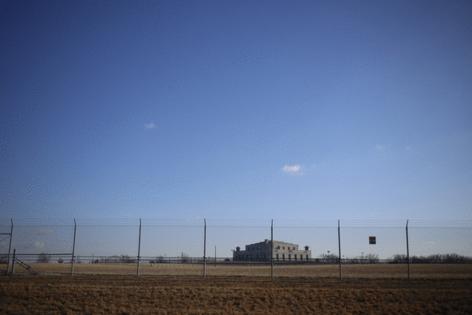


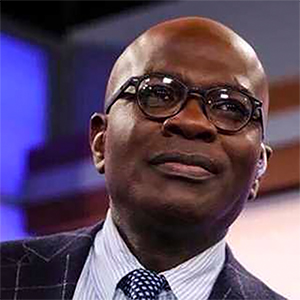

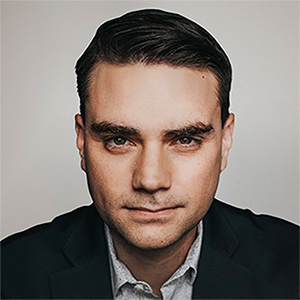

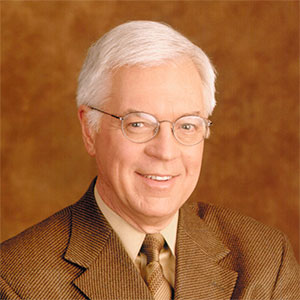

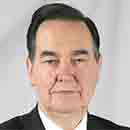

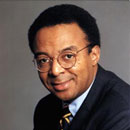






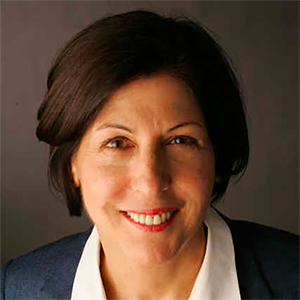


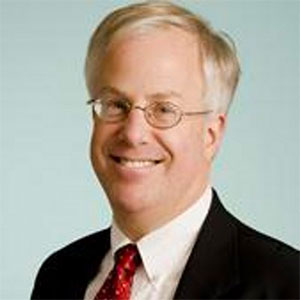




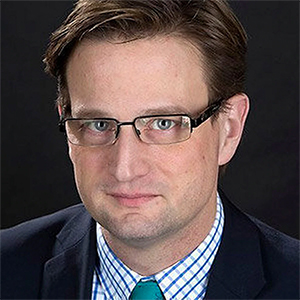
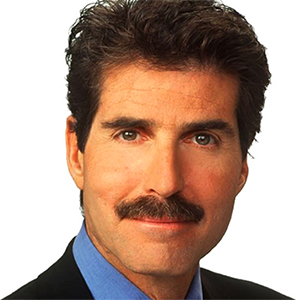

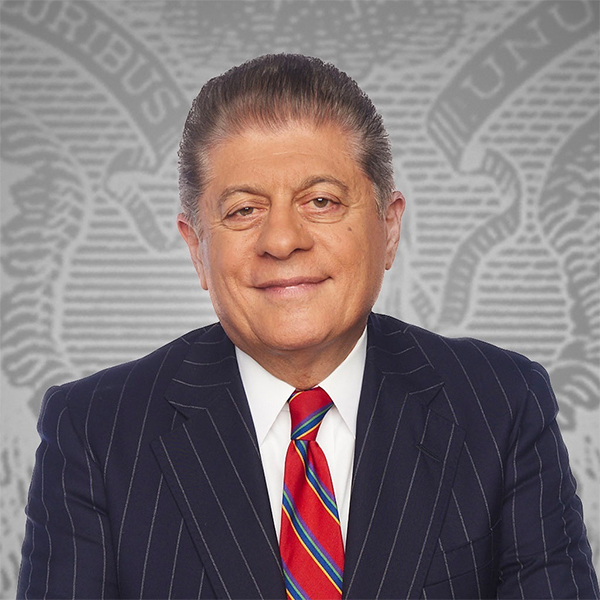


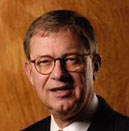
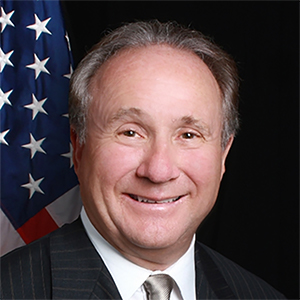

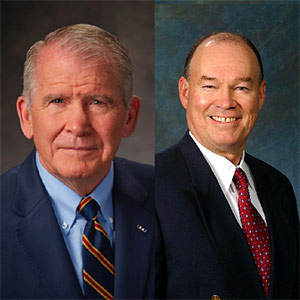


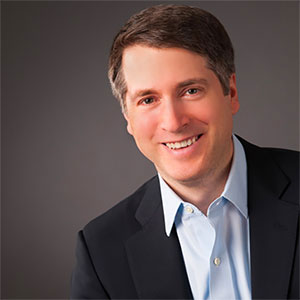
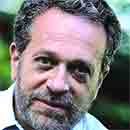
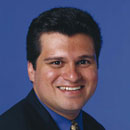
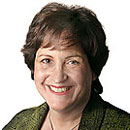



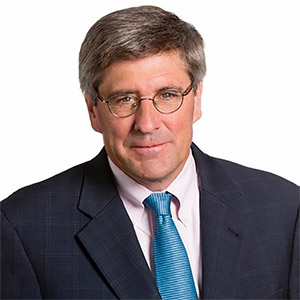


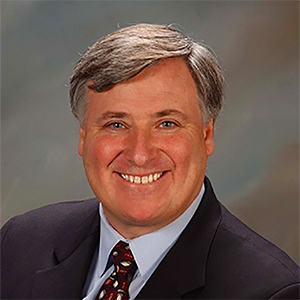




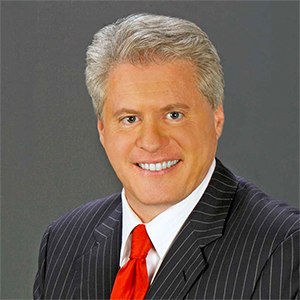
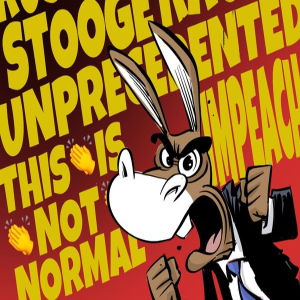
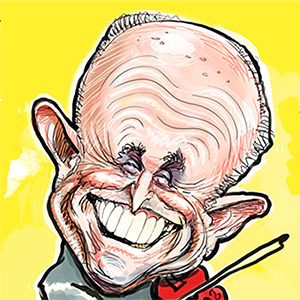
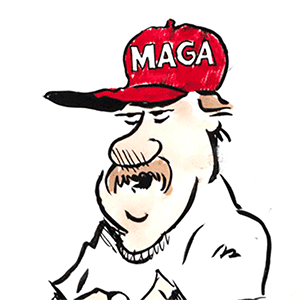
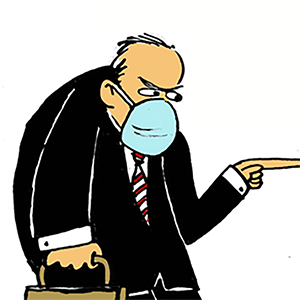
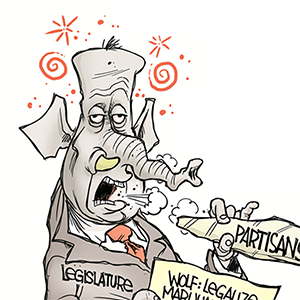
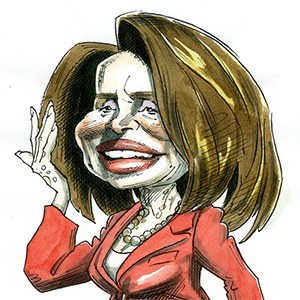
Comments